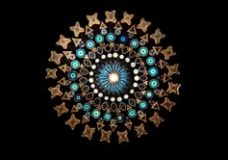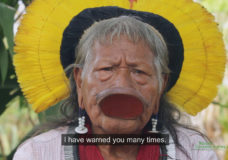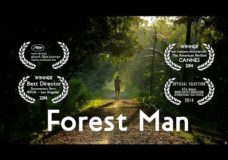A Deeper Creek – The Watchable Waters of Appalachia
Ecofocus Film Festival of Athens GA featured a number of short documentaries including Hidden Rivers of Appalachia filmed on location in Conesauga River by Freshwaters Illustrated. Like birdwatching, riverwatching could be a great immersive activity and have the potential to become a citizen science project. A Deeper Creek shows us how this could be done. Similar to organizing a BioBlitz, snorkeling in a river can generate a lot of informative observations. Rivers have a rich body of natural history and […]

















Recent Comments